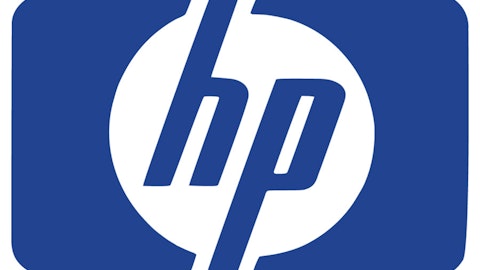3 mighty powers
Three forces conspired to transform digital from a threat into a catalyst:
1. Quality. Digital came around at a time when the comics industry was putting out rule-breaking material in great volume. Certainly The Walking Dead from indie publisher Image, but also a wide variety of other properties. For example, Showtime is working on adapting another Image title, Chew, while BOOM! Studios’ 2 Guns is about to reach theaters.
2. Format. Miller says the iPad makes digital comics “palatable” while comiXology adds features that makes the experience of reading different and, in some ways, better. Making the experience both different and attractive, with a device built to deliver just such an experience, tipped the scales for digital at just the right time.
3. Access. Comics used to be a specialist market with an even more specialized distribution system. Not anymore. Now, anyone with a smartphone or tablet and the comiXology app can try comics instantly. History proves that simplicity wins in consumer markets.
Investors have seen these sorts of factors at work many times. Tesla Motors is profiting by delivering a quality experience in an electric car. Intuitive Surgical has found a unique and profitable format for robotic surgery. And of course Google Inc (NASDAQ:GOOG) is winning by giving consumers access to more of the world’s information — wherever we are, whenever we want it. The stock touched a 52-week high of $928 a share in mid-July, with more catalysts on the way. The latest? Chromecast, a $35 streaming device that promises to bring Internet video to any modern TV.
In media, AMC is waging a format war by licensing known properties such as The Walking Dead and then putting them not only on cable, but also on iTunes, on Amazon.com, on Netflix, Inc. (NASDAQ:NFLX), and everywhere else it makes sense. All while profiting from free marketing as new issues of TWD make their way to the comic shop shelves, and to millions of tablets, every month.
Don’t be surprised if fellow AMC shows Hell on Wheels or Breaking Bad also come to life as comic books. After all, fan favorites Firefly and Buffy the Vampire Slayer became comics after going off air, while author George R.R. Martin has authorized a comics adaptation of A Game of Thrones that can’t help also marketing HBO’s hit drama. Netflix, Inc. (NASDAQ:NFLX) uses this same sort of “recycling” strategy to make the most of niche TV properties. In March, the company teamed with AMC to bring viewers a third season of the Emmy-nominated drama, The Killing.
There’s a disruption under way alright, but as Miller’s numbers show, it isn’t the comic book industry that’s being upended. It’s the entire production and distribution system for pop culture entertainment. And it’s the companies delivering quality experiences conveniently, reliably, and on consumers’ own terms that are saving the day.
The article How Going Digital Helped the Comic Book Industry Gain Superpowers originally appeared on Fool.com and is written by Tim Beyers.
Fool contributor Tim Beyers is a member of the Motley Fool Rule Breakers stock-picking team and the Motley Fool Supernova Odyssey I mission. He owned shares of Google, Netflix, and Time Warner at the time of publication. He was also long Jan. 2014 $50 Netflix call options. Check out Tim’s Web home and portfolio holdings, or connect with him on Google+, Tumblr, or Twitter, where he goes by @milehighfool. You can also get his insights delivered directly to your RSS reader.The Motley Fool recommends Amazon.com, AMC Networks, Google, Intuitive Surgical, Netflix, and Tesla Motors and owns shares of Amazon.com, Google, Intuitive Surgical, Netflix, and Tesla Motors.
Copyright © 1995 – 2013 The Motley Fool, LLC. All rights reserved. The Motley Fool has a disclosure policy.





